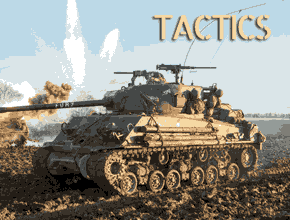“Rhino”, the African Long Range Brawler
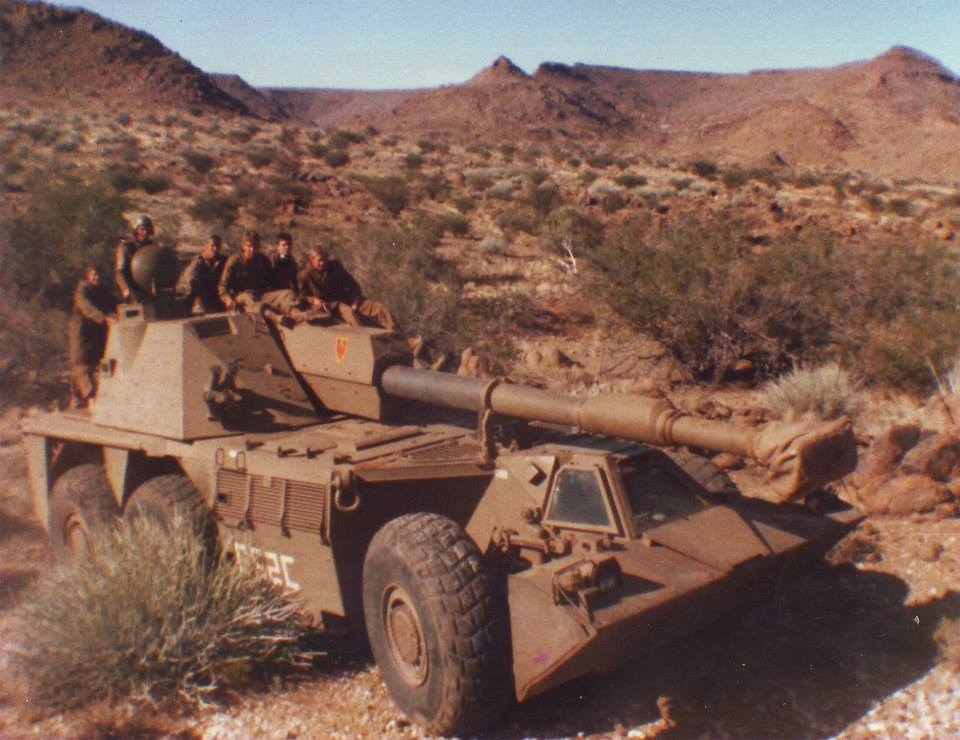
Rhino G6-45 during trials at Riemvasmaak, South Africa 1987 – With permission from HR Smith The G6 Rhino is a South African self-propelled howitzer that gained recognition for its impressive firepower and mobility. It was developed by the South African defense company Denel Land Systems, specifically for the South African National Defence Force (SANDF). The G6 is known for its significant role in the military during the late 1980s and 1990s.
Key features of the G6 Rhino include: Artillery System: The G6 is a self-propelled artillery system designed to provide long-range, indirect fire support to ground forces. Its primary armament is a 155mm/52-caliber gun.
Firepower: The 155mm gun of the G6 has a longer barrel (52-caliber) than standard artillery pieces, which allows for extended range and improved accuracy. The howitzer is capable of firing a variety of projectiles, including high-explosive shells and guided munitions.
Turret: The G6 features a fully enclosed turret that houses the main gun and accommodates the crew. The turret is equipped with advanced fire control systems to enhance accuracy.
Mobility: The G6 is mounted on an 8x8 wheeled chassis, providing it with good mobility and the ability to operate in various terrains. The wheeled configuration allows for rapid deployment and repositioning.
Crew: The G6 typically has a crew of five: a driver, a commander, a gunner, and two loaders.
Variants: Different variants of the G6 were developed, including the G6-52 with the 155mm/52-caliber gun, and the G6-52L with an extended-range gun. There were also export versions, and some G6 howitzers were upgraded to improve their capabilities.
The G6 Rhino was notably used by the South African military during the late years of apartheid, and it participated in conflicts such as the South African Border War and later deployments in peacekeeping missions. The advanced features of the G6, including its long-range capabilities and mobility, made it a formidable artillery piece.
Rhino G6-45 specifications |
|
| Dimensions (H,W,L) | 3.4 x 3.5 x 10.4m |
| Total weight, battle ready | 46.5 tons |
| Crew | 6 |
| Propulsion (Main) | Magirus Deutz BF12L513 FC V12 air-cooled diesel engine 518 hp (11.13 hp/t) |
| Suspension | A torsion bar suspension with hydraulic shock dampers and bump stops |
| Speed (road)/(off-road) | 80 kph (49 mph) / 30 kph (18 mph) |
| Range (road) /(off-road) | 700 km (435 miles) / 350 km (186 miles) |
| Armament | 155mm G6 L/45 howitzer 7.62mm co-axial Browning MG or 12.7 MG |
| Armour | 40 mm (frontal arc estimate), 7-12 mm (all other arcs) |
| Total production | ~43 (South Africa) ~78 (United Arab Emirates) ~24 (Oman) |
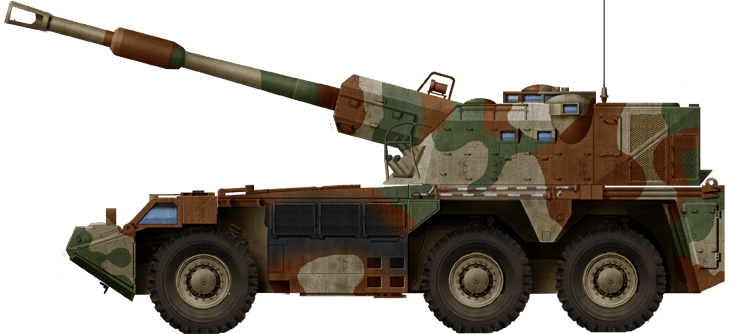
Illustration of the G6 Rhino in SADF service by David Bocquelet
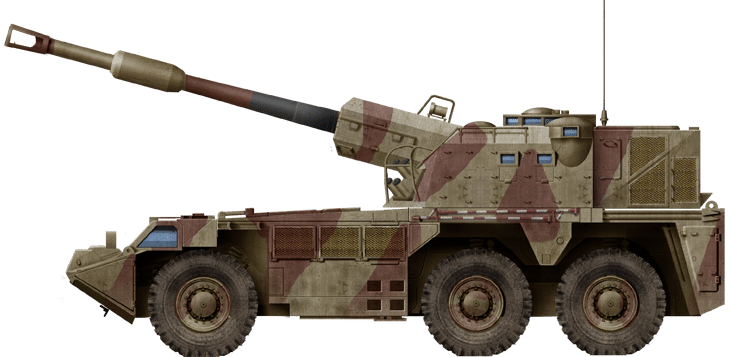
Denel Rhino of the UAE

Cold War Tanks


































Cold war tanks posters

Cold War Main Battle Tanks
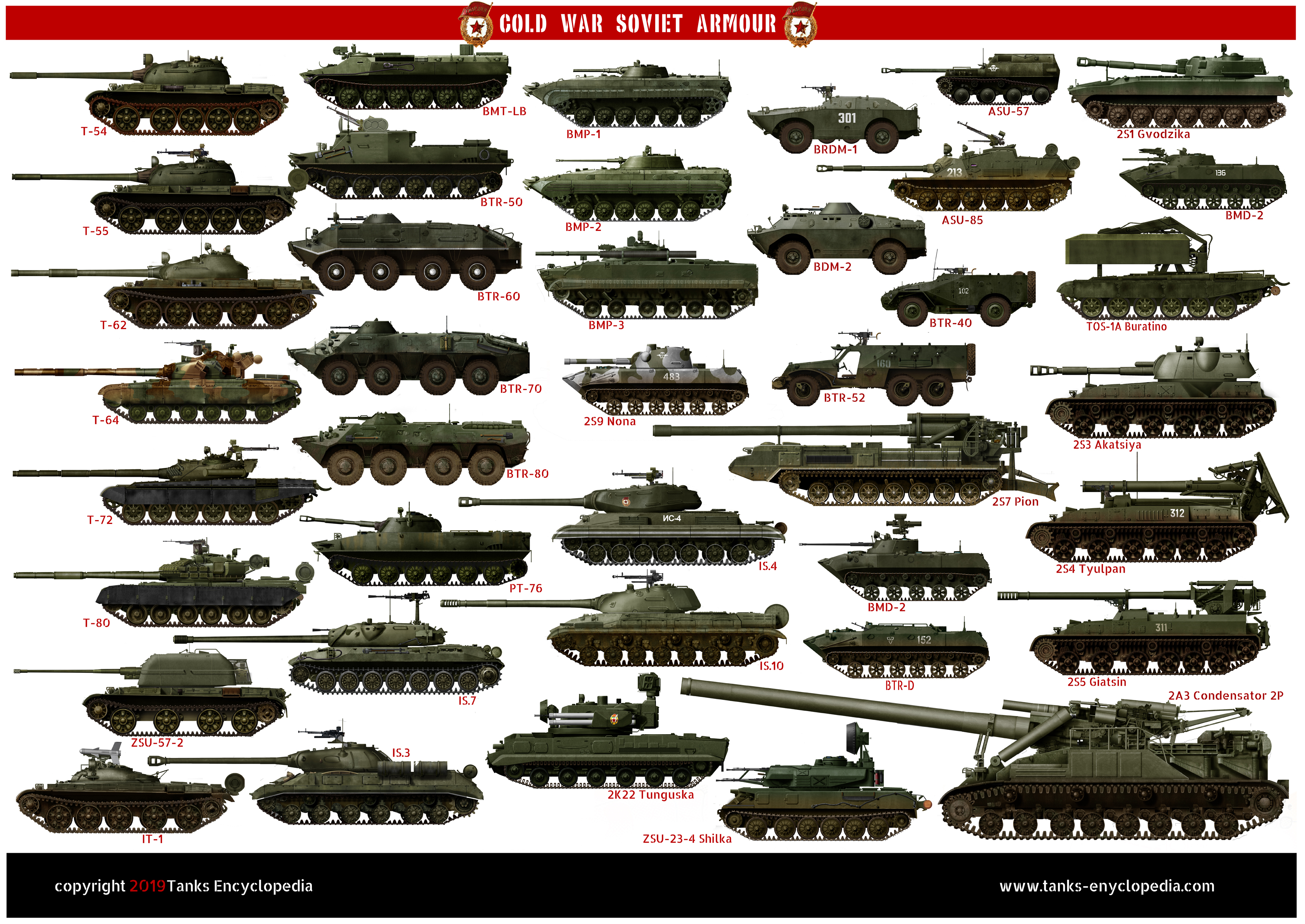
Cold War Soviet Army
Museums, Movies, Books & Games
The Tanks and Armor in pop culture
Tanks and armored vehicles in general are only really grasped when seen first person: The mass, the scale, it's all there. Explore also the way tanks were covered in the movie industry, in books and in video games.Movies:
Best tanks movie on warhistoryonline.com
On imdb.com
On bestsimilar.com/
miltours.com
liveabout.com/
watchmojo.com
Video Games:
pcgamesn.com
historyhit.com
levvvel.com
vg247.com/best-tank-games
mmobomb.com/
alienwarearena.com
